Clean Industries and Toxic Clusters: a research of soil contamination in decommissioned factories sites in Ningbo
Posted: May 27th, 2010 | Author: huangyunbo | Filed under: creative industries, real-estate | No Comments »â€œThe severity of the pollution is not understood by either the  public or business and the situation is worsening.â€Â (Xu Qi, 2007)
1. Introduction
Creative Industries and Real Estate are normally promoted as ‘clean industries’ without the perception of pollution. However, it’s not the whole story when people within the industries showing indifference to the environment and lack of proper actions to prevent pollution, it turns out to be toxic. As Maxell and his colleagues inspire, the ‘clean’ industries can be the wasteful ones for people rely on electronic products too much which can produce toxic e-waste (Maxell, 2008a). In a following fieldwork on the relationship between the creative industries/real- estate clusters and pollution in Ningbo, the Urban-Media Network team from University of Nottingham Ningbo, China, well observed another new form of pollution in the field-Soil Contamination.
Soil contamination caused by decommissioned factories sites are rarely known neither by public nor government in China.  The sites have been widely reused in most cities in china in answering to the hot demand of land in the progress of the urbanization. Yet, the risk of contamination land has seldom been noticed and analyzed that the so called clean industries thus turn out to produce toxic clusters. Being more invisible by comparing to other pollutions such as water pollution or air pollution, this form of pollution can cause severe damage by hiding deeply under the land. The hidden polluted soil normally poses serious health and safety risks to people the environment. More seriously, some of the contaminated land might keep do harming decades even after the polluted source is moved away. Thus the bell ring for the whole society while people enjoy the creatively reuse of the suspicious abandoned factories sites.
This paper starts by raising a new question of soil pollution caused by the abandoned factories reused for creative industries and residential areas. Then by showing the link between theses ‘clean’ industries and toxic effect it can cause, cases in Ningbo and other cities in China are well demonstrating the severe risks of this hidden harm. Interviews of people with different background such as government officials from various departments, developers and environmental protection specialists also add value to the research. It’s then  followed by an emerging call to solutions and actions. This research serves as an initial attempt to increase awareness and to inspire possible strategy rather than providing detail solution for it’s not always determined by the ‘clean’ industries itself towards a better environment but the attitudes and actions taken by people within it.
2. Creative Industries is not clean: how clean industries turn out to be poisonous?
2.1 Invisible pollution
Soil Contamination, according to US Environmental Protection Agency, ‘is either solid or liquid hazardous substances mixed with the naturally occurring soil. Usually, contaminants in the soil are physically or chemically attached to soil particles, or, if they are not attached, are trapped in the small spaces between soil particles’ (USEPA, 2010)
(Suspicious Soil in Beiijiaolu, Ningbo, photo by Angela Huang)
The pollution presents risks to human health and ecosystems. It has a close link with cancers including leukaemia and neuromuscular blockage. In addition, it increases the risk to damage the central nervous system and causes headaches, nausea, fatigue, eye irritation and skin rash. Heavy metals as Lead in soil is toxic for brain damaging problems for young kids, Mercury can lead to kidney damage and cyclodienes can cause the liver toxicity. The pollution of crops grown in such contaminated soil can threaten food security and plants and animals living there therefore face the problem of safety. Soil pollution also can lead to further water pollution and air pollution (The Tropical-rainforest-animals Website, 2010)
It has been called the ‘invisible pollution’, according to Xu(2007), comparing with other forms of pollution which have visible signs such as airborne stench telling the pollution of water, soil Pollution is easier to be unnoticed. The growing danger becomes more severe in the progress of Urbanization in China today for most cities where most decommissioned factories sites without strict soil government are widely reused for building creative industries/real estate clusters
2.2 A landmine under the well-designed clusters: some facts
In the demand for urban development, China is facing steely stress in land supply in urban areas. Removing the polluted factories out of the town which are then replaced by new ‘clean’ clusters becomes a direct and easy way to solve the problem. Taking Nanjing for example, 219 polluted factories including Nanjing Chemical Plant, Nanjing Chemical Fibber Plant, Nanjing Titanium Dioxide Plant and Nanjing No.2 Steelworks have been relocated from the down town city during 1992-2006 (Public China, 2006). However, this first trend of reusing the contaminated land is really risky due to the weakness of soil government. According to an official from Environmental Protection Department, the soil contamination “does exist after the removal of polluted factories, however, this issue is now out of effective government’ (Public China, 2006). What does the official mean by ‘out of effective government’? Some facts show it’s a genuine landmine rather than an innovation of land reuse.
Lack of soil background survey
First of all, there is no mandatory law on soil background survey for land transfer in China at present. This leads to a fail in the effort to trace the history of pollution and thus cause an unclear description of responsibilities to different land users in various time. The world wide accepted principle of ‘the polluter pays’ has encountered its failure of being acclimatized to Chinese practises in the level of implement. According to Jin Weilian, governor in the Urban Construction Department of Ningbo Municipal government,  the Land and Resource Bureau (LRB) who works as the only authority to takes back the land from the polluted factories and is responsible for further planning and restructure, don’t need to convey any inspection before the land is transferred(Jin, 2010). Therefore the land without soil inspection in the stage of swapping the owners increases the uncertainty of responsibility of contamination effects. By contrast, some developed countries have improved its regulations on this aspect. In 1980‘s, when GM first entered Shanghai, recalled by Tang Shiming, an environmental Protection specialist, the company took an initiative on the soil background survey although there is now such requirement from Chinese government (Tang, 2010). Tang goes on to explains that : ‘ GM is in this way to protect itself from the risks of being complained and charged of soil contamination during the following operation in China by inspecting the land before the business starts’. It would be a long way for its Chinese counterpart to follow as Jin admitted: “It takes time for the government to consider the problem and make relevant laws†(Jin, 2010)
“The polluter pays�
Who should pay under the present administration of Chinese soil issues? The former land owner? The Land and Resource Bureau? or the new developers? And base on what? The unclear responsibility in Chinese practise makes it tough in promoting the world-wide accepted ‘Polluter Pays Principle (PPP) in dealing soil pollution. According to PPP, it requires the polluter pay for relevant prevention and control. This principle is a ‘generally recognized principle of International Environmental Law, and it is a fundamental principle of environmental policy of both the Organisation for Economic Co-operation and Development (OECD) and the European Community.’ (TEE Website, 1969).  In theory, China today follows the principle in making policies on pollution prevention. However, there are some obstacles in chasing the polluters to pay during the swap of land ownership.
One of the most important reasons is there is no a specific environmental requirement for the polluters to pay for the treatment before they move from the previous sites. As China experiences a boom in the urban construction from the past 20 years, many decommissioned sites have been reused without any inspection in regarding to the soil contamination. Therefore, it becomes a tough task in promoting the PPP today years after the contamination happen for most of the polluted factories removed out of the sites are those without good financial results and most of them are broken. Even there is strong evidence that they cause pollution, they are not affordable for costly soil cleaning.
For those survival ones who might be cable to the cost have a sound  reason to refuse-there is no law in requiring them to be responsible. This leads to a review of the history of Law of Soil Prevention making. In China, according to Zhu (2010), there is no legal requirement for those factories to pay extract money if their operation is within the regulation of current environmental policies. Of course they haven’t broken the law for there is no law there actually. This strange logic helps many polluters who produce genuine pollutant escaping from the responsibility and legal punishment. Then, the decision maker must pay for it.
The Land and Resource Bureau (LRB) as mentioned is the government department who is in charge of land management. According to an interview to Xu SL (Xu, 2010), a retired officer from The Land and Resource Bureau , he said he never knows there is any requirement for land cleaning before the land transfer in his careen of 20 years in the department. The situation might change from Jan 2010 for the lesson LRB learnt in Wuhan. In a worksite accident that 3 workers severely injured due to the exposure to the soil, the developer found that the golden land it wins in a bid turns out to be toxic by soil pollution, the developer returned the land back to the government–Wuhan Land and Source Bureau who lost 12 million Chinese Yuan in the case (The Ifeng website, 2010). It might be the first story in public media that the government pay for its legal leak in contaminated land transfer which is believed to start some thoughts on reforms in soil controlling all over the countries. However it’s not always the government pay during the game of land transfer.
(The land costs LSB Wuhan 12 million, source from Ifeng.com)
In Ningbo, one high-end residential area has been built in decommissioned pharmaceutical factories that it was later found the soil is polluted and received a call for cleaning.  Interestingly enough, neither the polluter nor the LRB pay for the land treatment, but the developer. In an interview to another developer in the town, Xu (2010) said the imbalance between land supply and demand makes the developer into a dilemma that one eager to win out of other competes often the times loose the power in bargaining or to be specific speaking, the developers have no power to ask the government to compensate for the mistakes made by someone else. In this case, 8 million for the first cleaning is paid by the developer. This is easily linked with a question that why the Wuhan Developer who successfully return the land back to the government while the Ningbo one failed to. It’s simple, because the cleaning is far more expensive and out of the developer’s budget in Wuhan. More importantly, it’s known to world by media reports at that time. Consumers have sound reasons to require more ethics and responsibility from developers for consumer power is the weapon once the right are well recognized.
(The former Ningbo Pharmaceutical Factory is now reused for the most expensive residential garden, photo by Angela Huang)
Environmental Standard = Soil Standard for Human Living?
In the interview to Zhu (2010), an official of Ningbo Environmental Protection Bureau, there is a requirement for developers to pass an Environmental Evaluation Check (EEP) before any project starts. However, the evaluation is only regarding to a comparatively rough reference in environmental influence which doesn’t cover specific reference such as main heavy metals which contributed to most of soil contamination. Then if there is any reference in specifying soil standard for human health in the living environments, he answered: “we have no such kind of policy and it should be business of the Health’s Departmentâ€. Does a relevant health standard exist? It’s clearly answered by supported by Jin: “The health department has no such kind of standard (Jin, 2010). Instead, projects are supposed to be harmful less once they get the approval from the Environmental Protection Bureau.â€(Jin, 2010) This makes the basic right of safety for residence or investors on the clusters unprotected in most cities in China.
The case of Oriental Venice, one of the high-end residential areas in Ningbo, tells the damage can happen everywhere in the City every day.  Thu is discovered in the soil which resulted from improper soil cleaning by the former chemical factories (Oriental Venice Community, 2005). The discovery makes every people living in the community facing a great threat that Thu can lead to severe illness such as lung cancer. The local Environmental Protection Bureau then involve into the inspection and with a controversial result that the metal is quite few which might do no harm to human being after the polluted soil is removed. This report is not acceptable by most of the residences for they question the method the EPB uses to test the polluted area and the long-term affect Thu might cause due to those soil hidden deep under the so-called cleaned surface. The worry has sound reasons for there is no accurate standard for human health to support the saying by EPB and who can tell exactly if there is no more Thu radiation which might still affect the soil, air and water in the future. This won’t be the solo in the progress of urbanization until more people are involved in the fight to soil contamination.
(Shadow under the sunshine- The Oriental Venice Community, source from NB.focus. Com)
3. Emergent call for measures to prevent further soil contamination on decommissioned land
The management of soil pollution are therefore very weak in China. Measures should be immediately taken to stop the evil becoming worse which include public education, engagement of civil society and consumer powers, and ethical requirement for developers, law improvement, health standard setting, financial support and relevant technology.
Campaigns on public and government education will play a primary role in raising this new and unbeknown question into views of public.  As it’s well illustrated that few people including government officials or common citizen have less knowledge towards the pollution,   the education will drive more people from different levels to face and solve the problems in the near future. This strategy is a critical force from bottom up and has a close link with the consumer powers that becomes the main force to fight for their basic right of health and safety from the government and developers. This will then push the developers to join the ally no matter on their considering of the cost of the business or its reputation. Then the government is thus become the target who should take immediate actions and responsibility to deal with the pollution and to prevent further harm.
While the strategy of education is an effective way to draw attention to the issue, law making on soil pollution is the key measure to provide legal protection for future cases. According to some developed countries such as US, Australia and Holland, relevant laws have been well established. For example, US have its Soil Prevention Law in 1980. Although China starts to think of the legal improvement on soil government, according to the expert: “ The initial soil contamination law would not include specific provisions on liability or responsibility for paying for soil remediation…the law would include guidelines on risk assessment and soil remediation, as well as investigation methods and management of contaminated sites(The BNA Website, 2010). It’s thus a long way for China to go before the law is well established. However, pollution can’t wait.
Another key issue in the improvement is the setup of standards regarding soil both from Environmental Protection Bureau and Health Bureau as in China the former is in charge of environmental protection while the later is for human health issues. Thus, soil pollution has put the protection of ecology system and the health of human together that requires the coordination and a closer team work between the two departments in the future. According to Jin (2010), the success of the collaboration relies in the removal of bureaucracy among different government departments and a common consensus that avoid each does things in its own way.
Funding and Insurance can also contribute to the soil contamination solution from the financial aspects. Treating soil pollution, according to Xu (2008), is costly and more worryingly, some contamination is hard to clean completely. As Zhu argues (Zhu, 2010), some cities under developed and without sufficient financial support might make the way to land treatment tougher. The process of soil cleaning thus needs enough money to support. Special funds will be helpful in the case. In addition, the model of Insurance on soil pollution in other countries can be borrowed by the polluters to carry out contamination cleaning when the pollution inevitably happens.
Developments of soil cleaning industries and soil treating methods will decide the progress of soil pollution from technological aspects. In China, it’s a brand new market opportunity that requires sufficient expertise and technology to support. In some developed countries, the soil cleaning takes up high to 30-50% of the share of the whole environmental protection industries (The Wateruu Website, 2010). The new market will attract more foreign companies with rich soil treatment experience entering China. This might be the good news.
4. Limitation and Further research
This paper serves as the first attempt to raise the new question of soil pollution in Ningbo and other cities in China by showing some facts and proposing possible solutions. However, it’s narrowed by the sufficient source of data on soil background survey in Ningbo due to rare research and studies are made in this new phenomenon. It thus opens the door to further researches on mapping of how many polluted factories in Ningbo have been reused under the threat of soil contamination, on the accurate affect by the pollution, and professional solutions that help to prevent further damage in the future.
5. Conclusion
This paper is inspired by article Creative Industries or Wasteful Ones (Maxwell, 2010) which reveals the ‘clean’ industries might bring disaster to the world. A further research on the link between the industries and pollution in Ningbo observes soil contamination as a new form of pollution in the creative industries and real-estate clusters.
Soil pollution becomes emerging for the pollution is hidden and its affect can be long-term and fatal. The situation becomes more severe in Ningbo and other cities in China for few people now notice existence of the pollution and less report on it. Education, Law and Policies, Funding and Civil campaigns should be all involved to take immediate actions for reduction and prevention of the pollution.
As a new noticed form of damage in the progress of urbanization, soil pollution on creative industries and real estate clusters calls people’s strong awareness and proper actions towards the environment we rely on. Forget the label of Green it once have for things should be follow the logic that no clean environment, no clean industries. The bell tolls!
References
Jin, WL. (2010), Interview, 24th May, 2010.
Maxwell, Richard and Miller, Toby (2008a), ‘Creative Industries or Wasteful Ones’, Urban
China, 33:28-29, <http://orgnet.net/urban_china/maxwell_miller>, last accessed in May, 2010
Oriental Venice Community (2005),<http://nbfile.focus.cn/msgview/360337/87391570.html>,
last accessed in May 2010
Public China Website (2010), < http://www.pubchn.com/articles/8545.htm>, last accessed in
May 2010
Tang, SM. (2010), Interview, 22nd April, 2010
TEE Website (1969), Polluter Pays, < http://www.eoearth.org/article/polluter_pays_principle>
last accessed in May 2010
The BNA Website (2010), China Drafts Soil Pollution Prevention Law Based on
CERCLA, <http://ehscenter.bna.com/pic2/ehs.nsf/id/BNAP-82RCAG?OpenDocument>, last accessed in May 2010
The Ifeng Website (2010), http://finance.ifeng.com/news/house/20100304/1883612.shtml,
last accessed in May 2010
US EPA Website: <http://www.epa.gov/superfund/students/wastsite/soilspil.htm>, last
accessed in May 2010
Xu Qi (2007), Facing up to “invisible pollutionâ€,
<http://www.chinadialogue.cn/article/show/single/en/724-Facing-up-to-invisible-pollution->, last accessed in May 2010
Xu Qiang (2010), Interview, 25th May, 2010
Xu, SL. (2010), Interview, 25th May, 2010
Zhu, SF. (2010), Interview, 24th May, 2010
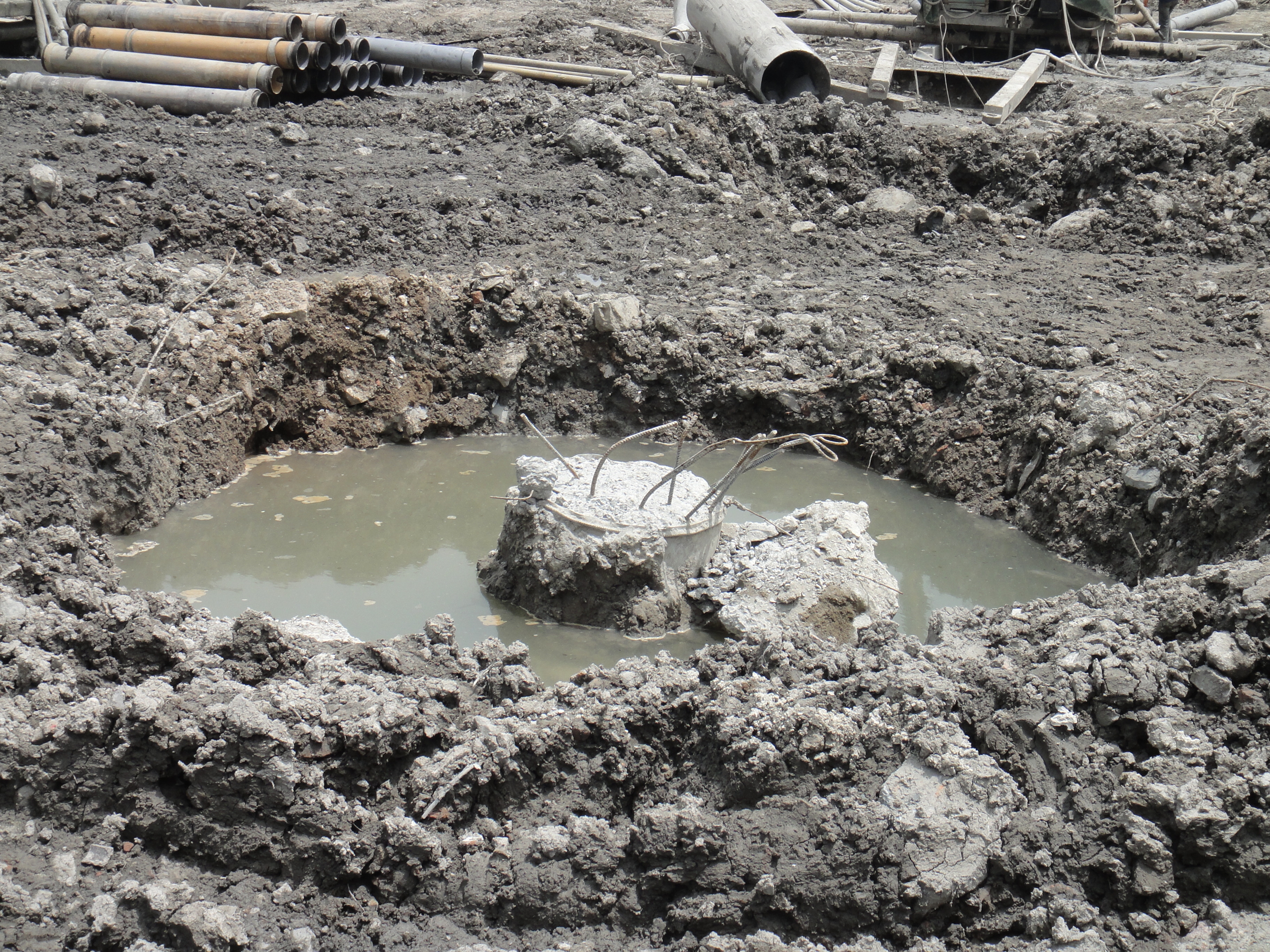

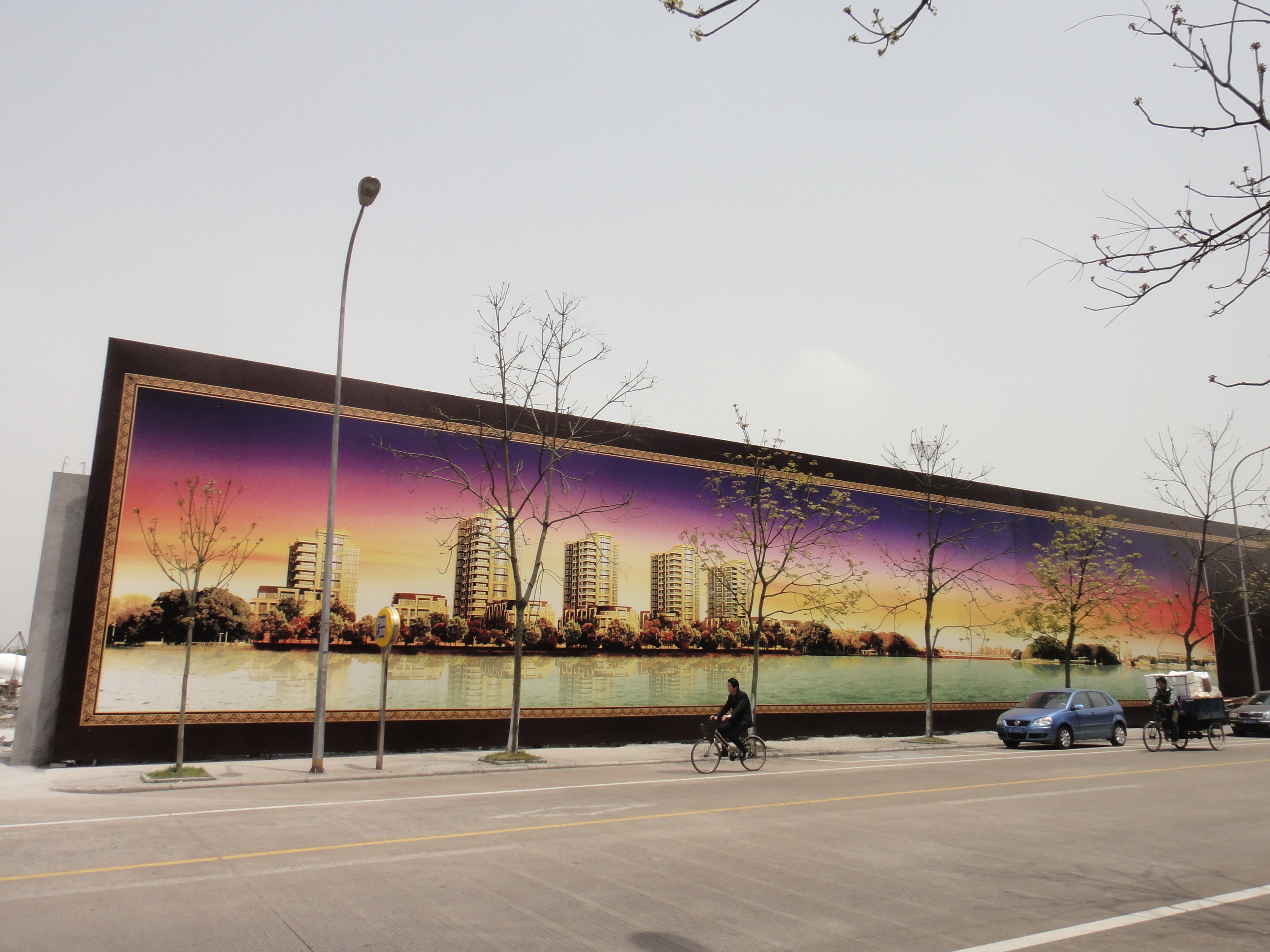
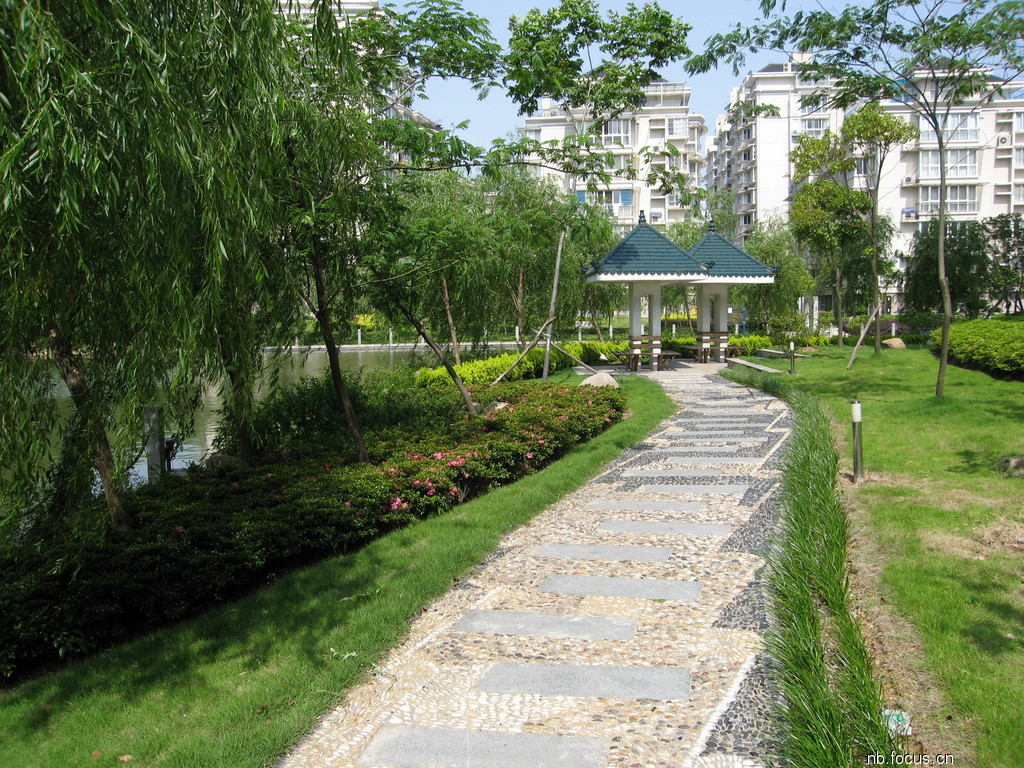


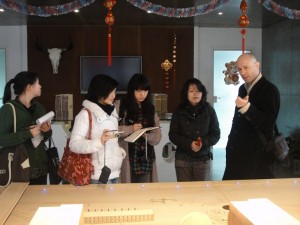
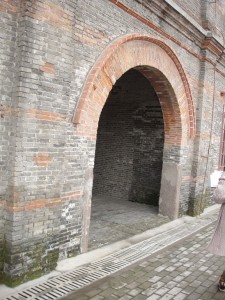
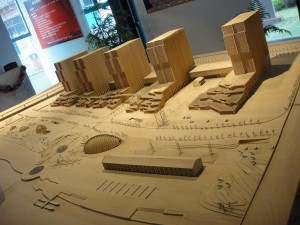
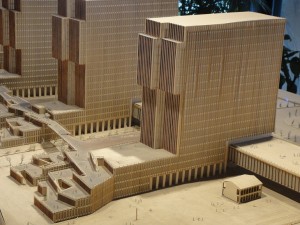 →→→
→→→




Recent Comments